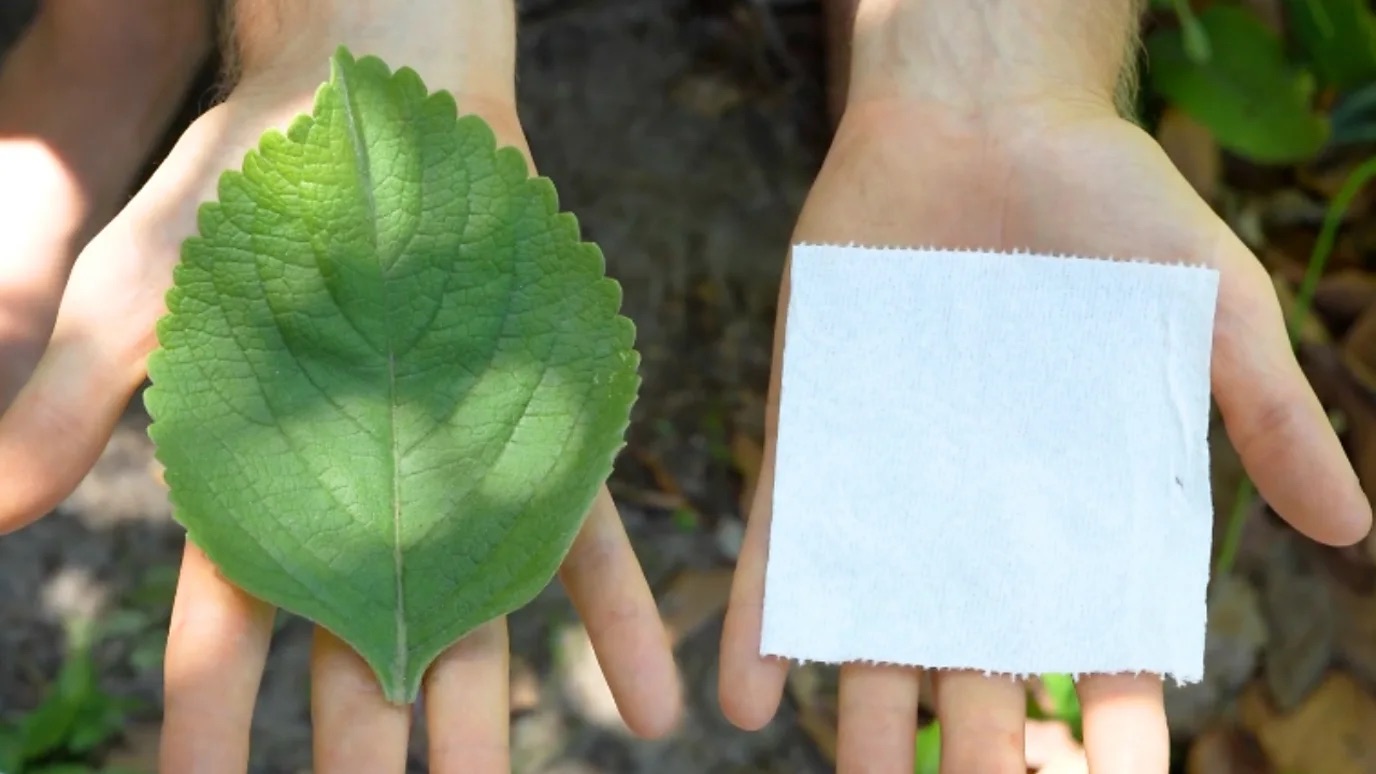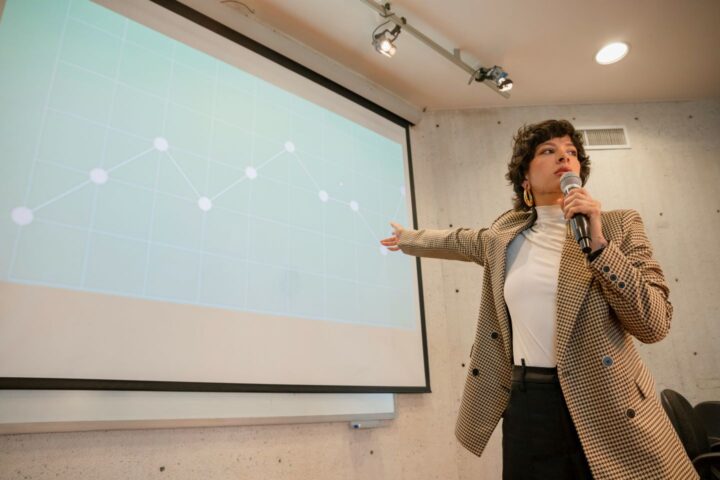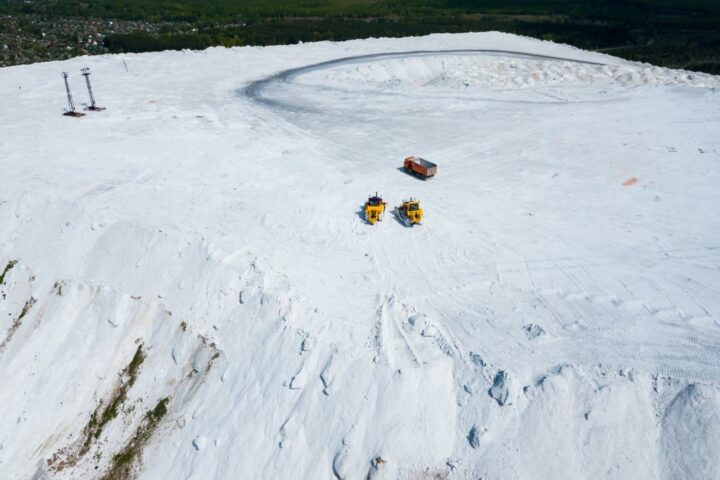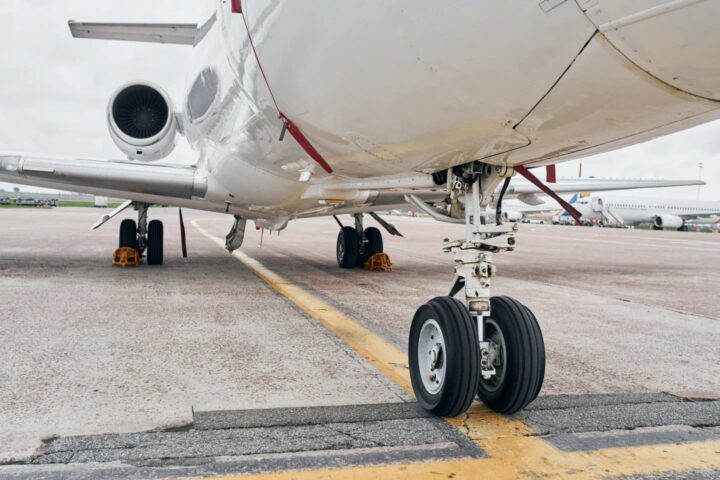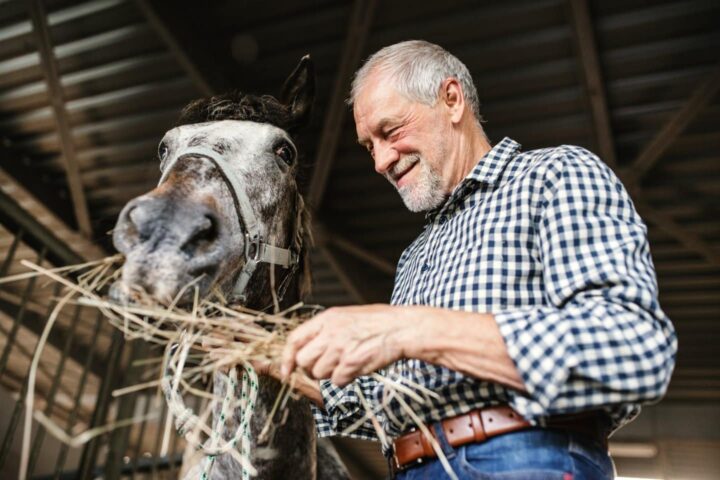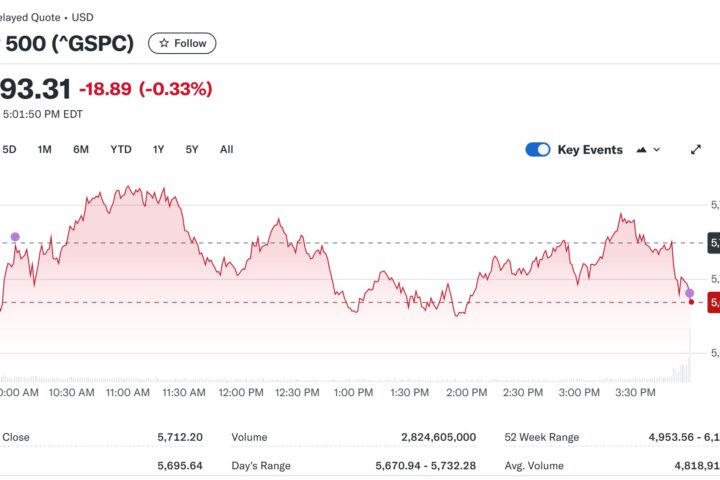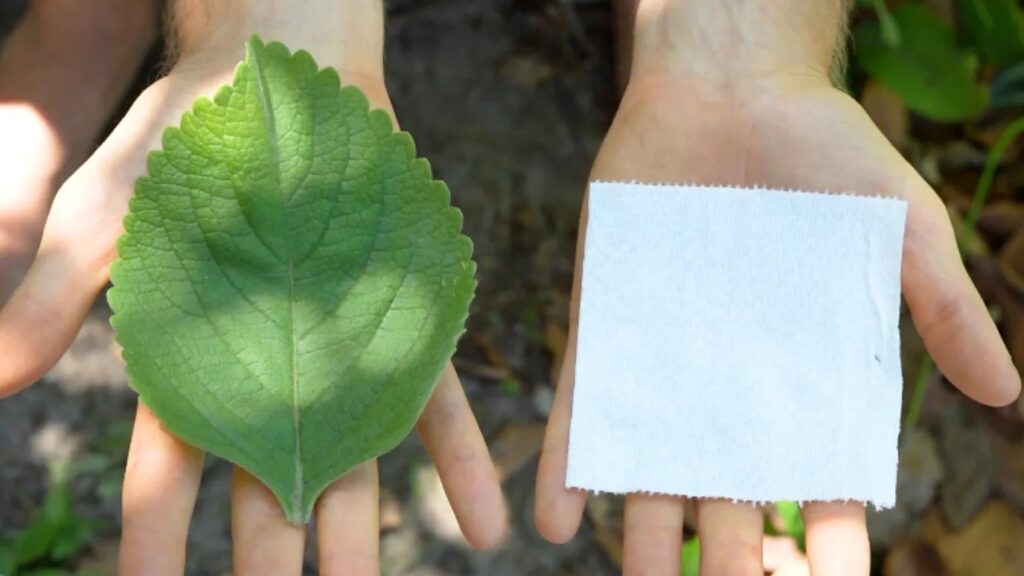
One million trees worldwide are cut down each year to make toilet paper. Is it more sustainable to grow your own?
In Meru, a town in eastern Kenya, a lush, leafy plant sways over the landscape. Benjamin Mutembei, a Meru resident, is growing the Plectranthus barbatus plant – not for food, but to use as toilet paper. He started growing the plant in 1985. “I learned about it from my grandfather and have been using it ever since. It’s soft and has a nice smell,” he says.
Plectranthus barbatus is a leafy plant that can grow up to 2m (6.6ft) tall. Its leaves are roughly the size of an industrial toilet paper square and emit a minty, lemony fragrance. Covered in tiny hairs, the leaves have a soft texture. This plant thrives in warm tropical temperatures and partial sunlight and is widely grown across Africa, where it is sometimes used to demarcate property boundaries.
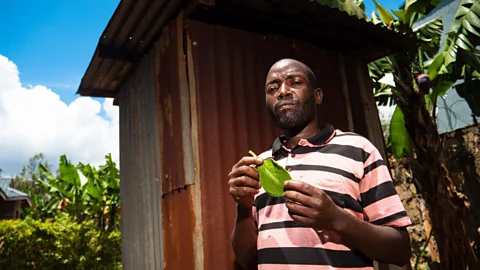
This has been an African tissue for a long time, and everyone in my household uses the plant. I only buy modern toilet rolls when the leaves have all been plucked,” Mutembei says.
The Plectranthus barbatus plant has provided Mutembei with a cost-effective alternative to purchasing toilet paper in Kenya. Like many commodities, the price of toilet paper has risenacross Africa, largely due to the high cost of imported raw materials, such as wood pulp, which is essential for the production of toilet roll. Raw material costs now make up 75-80% of the final cost of tissue products in Kenya, according to the Kenya Association of Manufacturers.
Toilet paper made from virgin wood pulp currently dominates the global industry. “Typical toilet paper is made of 70-80% short fibre hardwood and 20-30% long fibre hardwood,” says Ronalds Gonzalez, a professor in the Department of Forest Biomaterials at North Carolina State University.
According to research by the environmental impact consultancy Edge, roughly one million trees are cut down worldwide each year to make toilet paper.
The pulp and paper industry is the world’s largest consumer of virgin wood, using roughly 35% of harvested trees for paper production. This is driving deforestation, biodiversity loss, soil erosion, species extinction and widespread ecosystem disruption according to the latest Ethical Consumer report on ethical toilet paper.
Martin Odhiambo, a herbalist at the National Museum of Kenya who specialises in traditional plants, thinks the solution to the environmental impact of cutting trees for toilet paper may already be here.
null
“Plectranthus barbatus is the African toilet paper. Many young people nowadays are unaware of this plant, but it has the potential to be an environmentally friendly alternative to toilet paper,” he says.
CARBON COUNT
The emissions from travel it took to report this story were 0kg CO2. The digital emissions from this story are an estimated 1.2g to 3.6g CO2 per page view. Find out more about how we calculated this figure here.
There is no official data on exactly how many people use the plant as toilet paper in Kenya; however, it is widely grown in various parts of Africa and continues to be used in many rural areas where it is easily accessible, says Odhiambo.
Plectranthus barbatus grows to its full height in 1-2 months from a cutting and the cutting itself costs around 50 Kenyan shillings ($0.37).
“The leaves are similar in size to an industrial toiletpaper square, making them suitable for use in modern flush toilets or for composting in latrines,” says Odhiambo.
Visitors from across Kenya attend Odhiambo’s lectures on the uses of Plectranthus barbatusand buy cuttings from his botanical garden at the National Museum of Kenya in Nairobi.
“My class has grown to over 600 participants. People are enthusiastic about learning how to use the plant and often ask for cuttings and seedlings to take back to their towns,” he says.
The potential of the plant is also being explored in other countries.
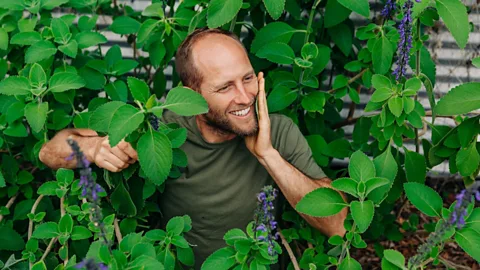
Robin Greenfield, an environmental activist who runs a non-profit advocating for sustainable living in Florida in the US, has been using the leaves of Plectranthus barbatus for five years.

